
Inspections of welds and welding qualifications
The better the weld, the safer and more reliable will be the welded structure. With qualified welders and welding procedures and with efficient, non-destructive inspection methods, you can monitor weld quality level down to the smallest detail. Vinçotte offers solutions on all these fronts, from inspection through weld inspections to certified training.
Interested in this solution? Contact us!
Contact
To serve you even better in the near future, we are currently making improvements to our contact forms. As a result, these forms, as well as our telephone service, will be temporarily unavailable until 5 January. From 6 January onwards, our teams will be happy to assist you again.
Vinçotte news blog
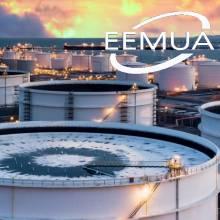
On 27 November, we will be in Ridderkerk, the Netherlands, for the annual EEMUA Storage Tanks Seminar
Read more
Equans Digital is digital first, but it stays deeply rooted in the real world of operations
Read more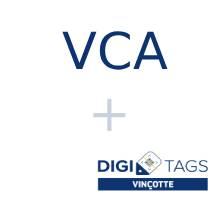
What starts as a minor defect can sooner or later develop into a dangerous situation
Read more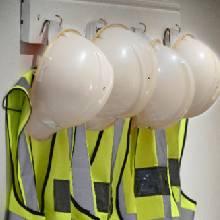
In high-risk sectors such as metal construction, industrial cleaning and petrochemicals, it is crucial to protect your employees and yourself.
Read more
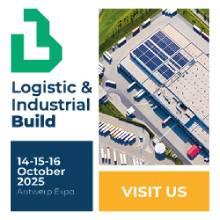

This year, Concrete Day 2025 will be even more interesting with the addition of the FEREB Inspiration Day.
Read more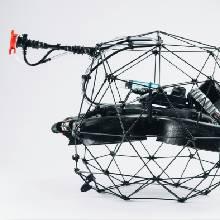
Ultrasonic Testing (UT) application of drones makes it possible to inspect tank walls and roofs, both fixed and floating, more quickly and frequently.
Read more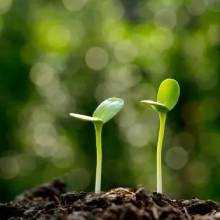
Carbon reporting is no longer optional. It is becoming a business necessity. But where do you start?
Read more
In today’s fast-moving packaging and branding industry, digital trust is no longer a technical side note. It’s a commercial necessity.
Read more